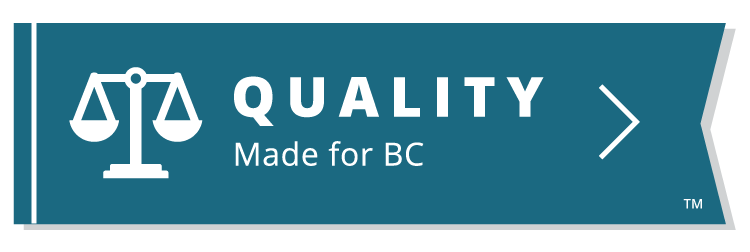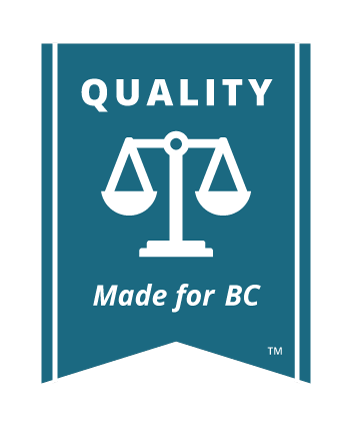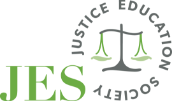Action or Petition
There are two main types of proceeding in the British Columbia Supreme Court: actions and petitions.
Whether you start an action or a petition is not a matter of choice. Rather, some types of claims have to be brought by actions while others have to be brought by petition. It is important to read the rule and get legal advice if you are not sure which type of proceeding is correct for your situation.

Read the Rules
Rule 2-1 Choosing the correct form of proceeding.
What Are Actions and What Are Petitions?
An action: Is started with a form called a notice of civil claim. This is the most common form of a lawsuit between two or more parties. Unless there is a rule that says otherwise, you are to start your lawsuit with a notice of civil claim. For more information on preparing a notice of civil claim, see Preparing Your Documents.
Actions covers cases such as financial debt, motor vehicle accidents, construction disputes, wrongful termination of employment, malpractice, and numerous other types of cases. Generally speaking, if you want to “sue” someone for money, you will start an action.
A petition proceeding: In very general terms, covers matters such as judicial review, wills and estates, guardianship, adoption, bankruptcy, and foreclosure. Rule 2-1 sets out the particular actions that must be commenced by petition. Further information on petition proceedings is covered in Rule 16-1. For more information about preparing a petition, see Petitions.
You may be familiar with court proceedings and trials, but proceedings commenced by petition are different in several ways. First, the person starting the action is called the petitioner, and the person defending the action is called the petition respondent. If a proceeding is started with a petition, there is no trial with witnesses. Instead, the matter is heard by a judge, and the evidence is presented by affidavits only.
If in doubt about which type of proceeding to file, you should seek legal advice to answer this key question. If you make a mistake and start the wrong kind of process, the Court can correct that error. If you are up against a Limitation Period (see Limitation Periods) then you should make sure you get something filed by the limitation date even if you are not certain whether it should be a petition or an action.
This chart sets out the major differences between the two types of court proceedings:
|
Actions |
Petition |
|
|
Start the claim using: |
Notice of civil claim (Form 1) |
Petition to the court (Form 66) |
|
Parties are called: |
The person or business starting the case is called the plaintiff and the person or business being sued is called the defendant. |
The person or business starting the case is called the petitioner and the person or business being sued is called the petition respondent. (Note that in some cases, there may only be a petitioner, and no respondent.) |
|
Type of hearing: |
Full or summary trial |
Hearing before a judge |
|
Type of evidence to support the claim: |
Witnesses come to court to testify in person and the court also considers documentary evidence. |
Witnesses do not give evidence in person. All evidence is given in the form of affidavits. |
|
Process: |
More complicated. The notice of civil claim is usually used when the facts of the claim are in dispute. Because the court may need to determine the facts so it can make a decision about the claim, a trial is often necessary. |
Less complicated. The petition is usually used in cases where the facts are not in serious dispute so that they can be determined by a judge reading the evidence set out in affidavits. In some cases, a petition must be used to start a claim. |
|
Facts are presented: |
The notice of civil claim (Form 1) is used to present the facts supporting your claim. It also sets out the relief that you want the court to grant against each defendant. |
The petition includes a short statement of facts supporting the claim. Instead of a notice of civil claim, a sworn affidavit is filed with the petition. The person swearing the affidavit swears that the facts in the petition are true. |
|
Discovery of documents and people: |
Before the trial, the plaintiff and defendant are both entitled to see the evidence of the other party (document discovery) as well ask questions of the other side in a meeting called an examination for discovery. |
Before the hearing, the petitioner cannot ask for documents from the petition respondent or ask them questions. All evidence is presented in the form of affidavits. |







 JusticeEducation.ca
JusticeEducation.ca JusticeEd
JusticeEd /JusticeEducation
/JusticeEducation